Black Ghost: How Godfrey Qualls’ legendary Challenger passed from father to son and into the limelight
It started in the late spring of 1970, after the snow had melted from the streets of Detroit. A black Challenger with a white bumblebee stripe was haunting the streets under cover of darkness—sometimes on Telegraph Road, sometimes on Woodward Avenue, but most often on Stecker, a street in an industrial area with no nighttime traffic, few stoplights, and, more important, no cops. The Challenger would make a few passes, taunting the other street fighters to see what they could do, and it always won. It never cruised the hamburger joints and late-night diners with the other hot-rod heroes, instead vanishing as quickly as it had appeared.
Dean Herron heard the stories. He was 10 years old at the time, and he would listen with rapt attention to the tales his older brother and friends would tell of their blacktop exploits against the mystery car. When he could, he’d sneak out at night with friends on their Schwinns and they’d watch for themselves. “Everybody called it the Black Ghost,” he recalls, “because it would appear, make a few passes, then we wouldn’t see it for a month or two. It was a legend.” Then, as quickly as it had appeared, the Black Ghost was gone. Years passed without a sighting.
Fast-forward to 1980. Herron was flipping cars and selling parts, mainly Mopar stuff. It was the Saturday afternoon of the July Fourth weekend and he was at a barbecue at his friend Steve Petrovic’s. One of Petrovic’s friends, “GQ,” had come over to see if Petrovic could help get his car running. “Steve knew I could fix cars,” says Herron. “He was from Yugoslavia, so his English wasn’t so great. Steve introduced me to GQ this way: ‘This dude he race on the street Hemi. He know Hemi good.’ I said, ‘Yeah, I’ll take a look at what you got.’”
Herron followed this guy—everybody called him GQ rather than his real name, Godfrey Qualls—to his home on the northeast side of Detroit. “We went to the garage door, which had two or three good locks,” says Herron. “GQ opens the door and the first thing I seen was a brand-new Shaker hood in the corner. The car was covered except for the hood, but I could see it was a black car. There was also a Harley and another motorcycle inside.”
Herron didn’t pay attention to the bikes; he was immediately fixated on the Shaker hood and on trying to buy it. But GQ had no interest. “When GQ told me no, I said OK, let’s see what you got. When he took off the blankets and I seen the Gator Grain top and that it was a Challenger R/T with the SE package, I about had a heart attack!”

Herron asked where GQ got the car. “I ordered it. This is my baby,” answered GQ. “I used to go up on Woodward, I’d run a few guys, then I’d come home.” At that moment, Herron realized he was looking at a bona fide Detroit legend. He was in the presence of the Black Ghost. “I’ve known about this car since I was 10,” says Herron, “and here I am, looking at it!”
The Harley-Davidson parked next to the Challenger was a clue as to why its driver, back in the day, never mingled with the other street racers. GQ was a Detroit cop, the Harley was his police bike, and if he’d ever been busted for his drag-racing exploits, he could have been fired.
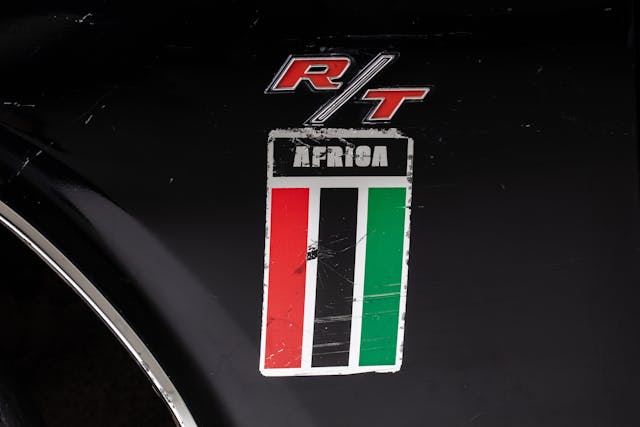
GQ’s own story starts in Nashville, Tennessee, where he was born on January 18, 1942. His father, Cleolous, moved the family north to Detroit in 1944 in search of automotive jobs and found one at Chrysler’s Warren Truck Assembly Plant. GQ’s love for racing and fast cars came from Cleolous, who took him to the Indy 500. GQ’s brother, also named Cleolous, but who goes by “Cle,” would recall later: “When you see your father love something, you follow behind him.” That love would extend to all things Mopar when Cleolous came home with a black and pink 1955 Dodge Custom Royal four-door with the 270 Super Red Ram V-8.
When Cle got out of the Army, he followed in their father’s Mopar footsteps. Cle headed to Raynal Brothers Dodge on Chalmers Avenue in Detroit and bought a 1968 Dodge Charger R/T: black with a white bumblebee stripe, the 440 V-8 with a four-barrel, and the three-speed TorqueFlite automatic. Not to be outdone by his younger brother, GQ did the same thing when he got out of the Army (he was a paratrooper in the 82nd Airborne Division and a Purple Heart recipient). GQ headed to the same dealership in October 1969 and special-ordered a 1970 Dodge Challenger R/T Special Edition. The Challenger was an all-new model, and GQ showed little restraint when it came to options. “GQ told me how he ordered it,” says Herron. “He sat down at the dealership and said, ‘This is what I want.’ Knowing to order it like he did, he was ahead of his time. He ordered options we never see today, like a right-hand mirror and a locking gas cap.”
The window sticker shows that he also ordered the 426 Hemi with the four-barrel carb ($778.75), the four-speed manual ($194.85), and the AM/FM stereo ($213.60) so he could listen to his favorite FM station, WABX, Detroit’s pioneering underground music station. He also selected the vinyl “Gator Grain” roof for $24.60, and got a credit of $48.25 by opting for the cloth and vinyl bucket seats, preferring them over the leather that would be too hot in Detroit summers. GQ ticked every option except the $800 power sunroof, which was more than the price of the engine. The grand total: $5272.40, including the destination charge of $17. The car arrived on December 5, 1969; experts believe it is the only 1970 Challenger to exist with all of these options.

Back to 1980: Herron took the Hemi’s distributor home, cleaned the corrosion, and set its dual points. The next day, he returned to GQ’s garage. The fuel was ancient, so Herron and GQ ran a hose from a can of fresh gas to the fuel pump, gave the starter a couple cranks, and the Challenger fired right up. “The look on his face and mine—we couldn’t stop grinning,” says Herron, who left that Sunday afternoon in July, telling GQ to buy a new gas tank and that he would come back to install it. “I didn’t hear from him, so I figured he had someone else do the work.”
A decade passed. “The last time I talked to GQ was in 1990,” says Herron, “when he called to ask if I wanted to buy the Challenger. He wanted $92,000 for the car and the Shaker hood and all the parts he had collected. I couldn’t swing it because I was buying a house and having a son.” And that, figured Herron, was that. And it was, for almost 30 years.

In early spring 2016, Herron got a phone call from his friend Mike Eversole. “He says: ‘Hey Mr. Mopar, do you have a dual-point distributor for a Hemi?’ I asked him, ‘Mike, what the hell do you need a Hemi dual-point for?’” Eversole told him about an acquaintance who owned a hot-rod shop who was trying to get some car running. “I says, ‘In Detroit?’ He goes: ‘Yeah.’ I says, ‘Is this a 1970 Challenger Hemi, triple-black, R/T SE, Gator Grain top, 45,000 original miles, four-speed, houndstooth interior?’” The line was quiet for a minute. “Yeah. How’d you know?’” Herron told him not to touch the car, and that he would be right over.
The person trying to get the Challenger running was Gregory Qualls, GQ’s eldest son.
Gregory was born in 1973, four years after GQ bought the Black Ghost, and his first memory of the car was of his dad starting it up in the garage. GQ had removed the mufflers, so the 426-cubic-inch Hemi V-8 was exhaling through the straight pipes. “I was in the kitchen eating dinner,” Gregory recalls. “My dad started the car, and it shook the whole house.” By the time Gregory was 5 or so, GQ was no longer regularly driving the Challenger. “The only thing I remember as a kid is when he put me in the passenger seat and then taped a hundred-dollar bill on the dash in front of me. He told me if I could grab it, it was mine. I was thinking, ‘Jeez, easy money.’ Just as I reached for it, he hit the gas. It threw me in the back of the seat and it scared me!”
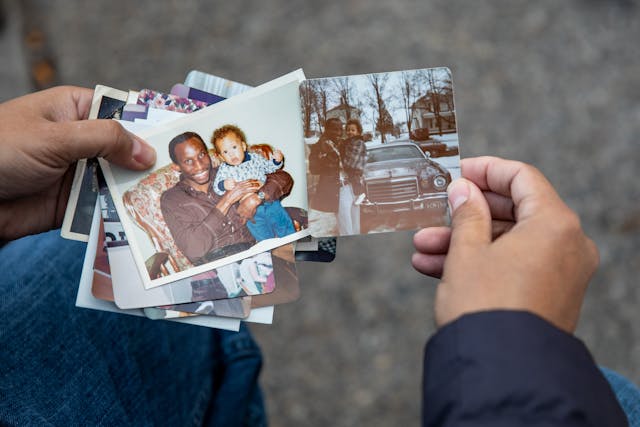
That was the last time Gregory would ride shotgun; the Challenger was subjected to the same fate as so many old rides when raising a family takes priority. It sat for almost 40 years beneath blankets and boxes and suffered the occasional ding from hastily parked bicycles. GQ survived a bout with cancer in 2008, but it returned and spread to his bones. By December 2015, he was in the hospital, with his son visiting daily. On December 21, Gregory was heading home.
“I remember the dates because of what happened,” says Gregory. “He knew he was leaving us. He said, ‘Son, are you coming to visit me tomorrow?’” Gregory affirmed that he was. His father replied, “I have an envelope I want you to get. You won’t be able to find it, so I’m drawing you a map. Go to the house, follow this map, get the envelope for me, and bring it here.” Gregory agreed, not knowing what his dad was talking about.
His father was right; Gregory never would have found the envelope, buried as it was in a spare room filled with books and magazines and boxes, inside a lockbox. “I thought about opening the envelope but decided I’d let GQ open it,” says Gregory. He got to the hospital, and his dad broke into a big smile as soon as he saw the envelope. “It was the first time I’d seen him smile in a long time.” The envelope contained the sales brochure for the Challenger, plus the title to the car.
“He said to me, ‘I want you to have the car.’ He signed the title and gave it to me. It almost put me in tears, because I never wanted the car that way.” As father handed son the title to the beloved Challenger, he said, “Don’t sell my f—– car!” Two days later, on Christmas Eve, the driver of the infamous Black Ghost of Detroit passed away.
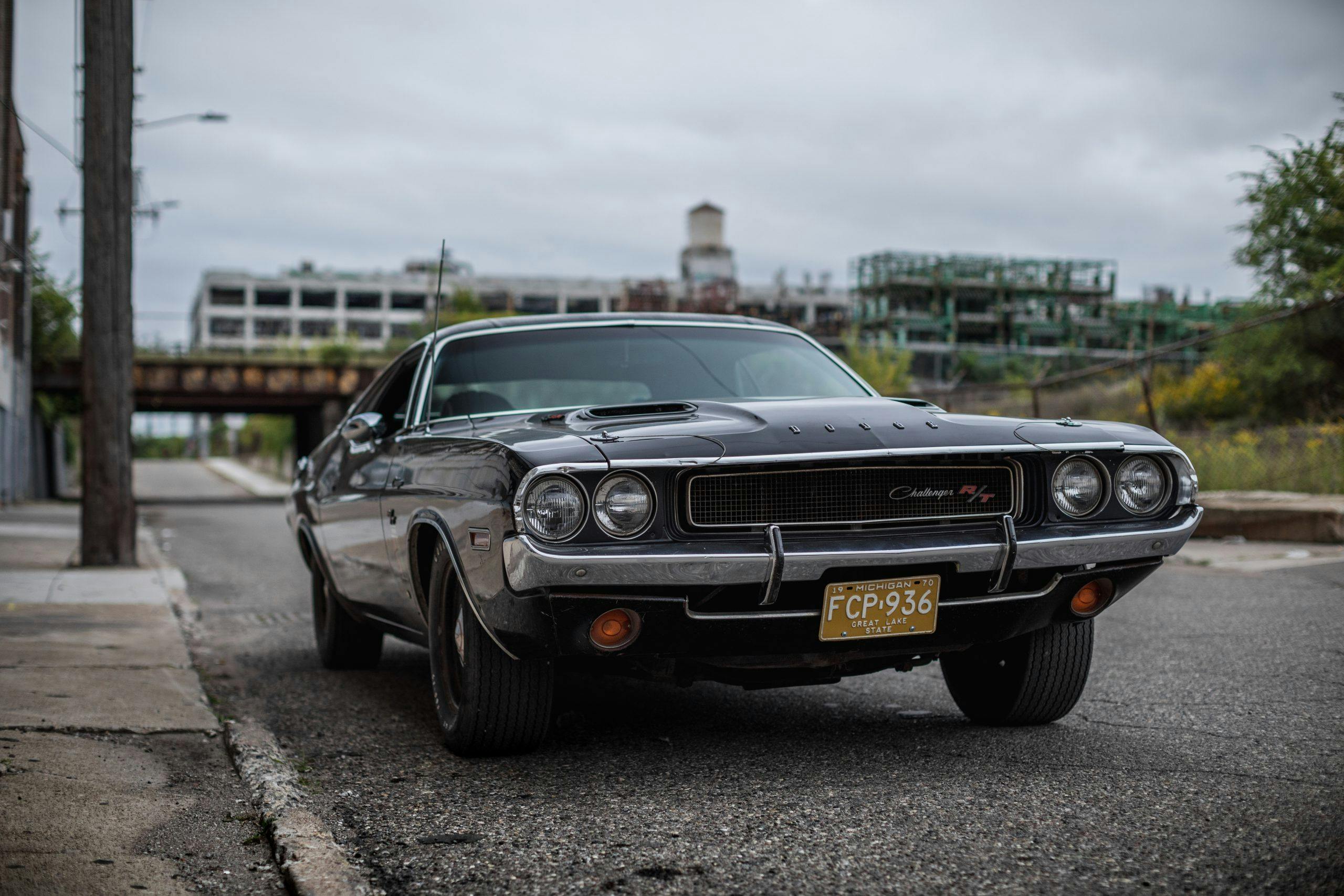
The phone calls started soon after. Some were from friends, some not. “They would say: ‘Hey, I heard about your dad. So sorry. But do you still have the car?’” Gregory was pretty turned off by it, but that’s when he realized that he needed to figure out what was so special about the old black Dodge that people were calling wanting to buy it so soon after his dad died. “I knew what a Hemi was, but I didn’t know everything.”
By late March 2016, the rawness of his father’s passing had healed enough that Gregory was ready to face the Challenger. There was a practical aspect, too. A neighbor suggested that the car should be moved from the garage because people would be coming around looking for it. That’s when Dean Herron got the call for a Hemi dual-point distributor.

for early 2021. HVA/Casey Maxon
“It took awhile to connect with Gregory,” says Herron. “He wasn’t sure who I was. Once we talked, I was able to describe the layout of the garage and everything that was in it.” Herron’s description convinced Gregory that Herron had known his father. “My dad didn’t let anybody in the garage,” he says. “It was off-limits. You had to be a good friend of my dad’s to get in there.” Herron set to work, doing for Gregory basically everything he had done for GQ back in 1980. “It was like déjà vu,” Herron remembers. “The car was exactly the same as the last time I touched it.” Other than returning the car to running condition, with new tires and a sympathetic cleaning, Gregory wanted the car to remain the way his dad had left it.
The Challenger went back out on the road for the first time since 1975. “Working on the car helps me get over my dad’s passing,” Gregory says. “When I spend time with the car, it’s like I’m spending time with him.”

Gregory reintroduced the Black Ghost to the world by attending a few small shows around Detroit in the summer of 2017. It was at those first shows that he learned about a side of his father that he never knew. “People would come up to me and say, ‘Yeah, I know that car. That car is a legend.’” What made a Detroit cop go out and burn rubber in the early dawn hours? “I think he was attracted to the street racing because of his personality,” muses Gregory. “I think he liked the thrill. You can imagine a man jumping out of airplanes like he did as a paratrooper and getting a rush. He buys this Hemi Challenger, and he’s having another rush.”
As for not selling it, says Gregory, “I think he wanted me to understand what the value of the car was. And not to get rid of it for a couple bucks here or there.”

In November 2017, the Black Ghost formally debuted at the Muscle Car and Corvette Nationals in Rosemont, Illinois. “As I drove the car off the trailer, I noticed I was attracting a lot of attention. I thought it was because the car looked so beat-up.” By the time Gregory was set up in his spot, a large crowd of people had gathered around the car. “That’s when I realized people loved the car and the story. I couldn’t get away from people wanting to talk about the car. It was crazy!” Gregory had not bothered to register the car for judging, but the Black Ghost was such a hit, he was given the “Celebrity Pick” award. “The judges told me there was no way the car was going to leave without an award!”
Based on this positive reaction, Gregory decided to show the Black Ghost at Detroit’s Autorama in March 2018. “So many people came up to me and told me they knew the car and GQ,” he recalls. “It was great hearing all the nice things they said about my dad.” He also met Ed Buczeskie, the event manager of the Carlisle Chrysler Nationals to be held in Carlisle, Pennsylvania, that July. “We have to get this car at Carlisle!” Buczeskie enthused.
It also was at the Carlisle Chrysler Nationals that Gregory met Casey Maxon, the historian for the Historic Vehicle Association (HVA). “Our mission is to ensure that our country’s automotive heritage is appreciated and preserved for future generations,” says Maxon, who told Gregory that the HVA was awarding the Black Ghost its National Automotive Heritage award for the Chrysler Nationals. “This car was the epitome of what a muscle car means to so many people,” Maxon says. “A four-speed Hemi Challenger owned by a blue-collar guy, a combat veteran, and a police officer in Detroit—this is it.”

A year later, Gregory received more news: The Black Ghost was being inducted into the National Historic Vehicle Register. The Register operates in partnership with the Department of the Interior and its Heritage Documentations program, documenting select vehicles of historic significance to be named to the Register. The documentation then resides in the Historic American Engineering Record of the Library of Congress. The Black Ghost became the 28th car named to the Register, joining vehicles ranging from the 1911 Marmon Wasp that won the first Indianapolis 500, to the 15 millionth Ford (a 1927 Model T Touring), to “Old Red,” the very first Meyers Manx dune buggy. In February 2020, the Black Ghost was shipped to the HVA headquarters in Allentown, Pennsylvania, where the team was able to photograph it. However, COVID-19 hit before the car could be laser-scanned. The HVA recorded multiple interviews with Gregory and others, and an extensive written report will be the final piece of documentation. For 2021, the HVA plans to display the Black Ghost on the National Mall in Washington, D.C. “Car culture is the culture of America, and we at the HVA want to demonstrate that,” says Maxon, the manager of the Register.
Gregory admits that growing up, he wasn’t into cars as much as his father, but the Black Ghost has changed everything. “We’ll load up the car with my wife, my son, and my daughter, and we’ll go to shows. I hope to pass the car down to my son like my dad did for me,” he says. “The whole experience has made us fall in love with the hobby.” And that, perhaps, is the final gift from a father to a son and his family.
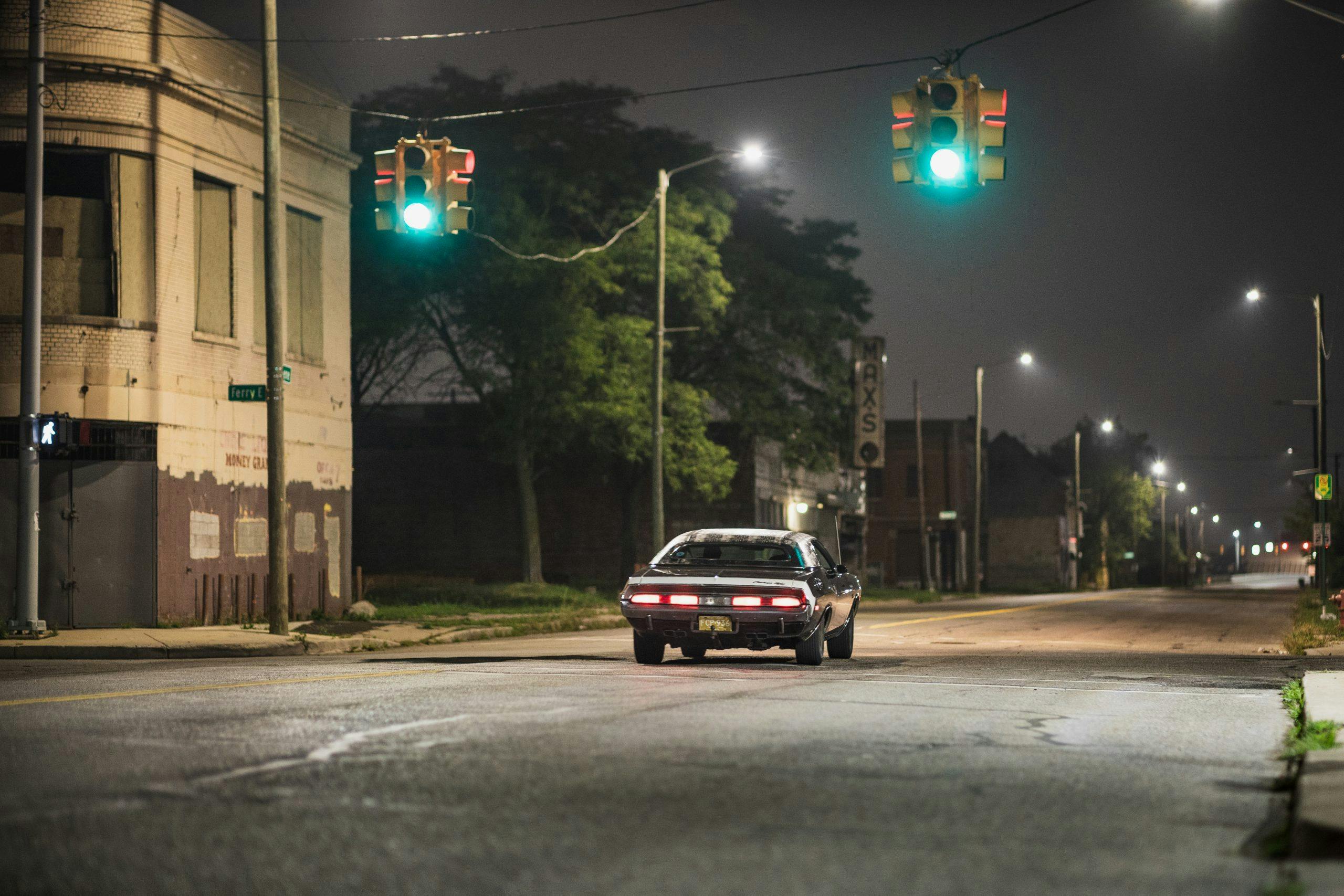
1970 Dodge Challenger R/T
Engine: V-8, 426 cid
Power: 425 hp @ 5000 rpm
Torque: 490 lb-ft @ 4000 rpm
Weight: 3800 lb
Power-to-weight: 8.94 lb/hp
0–60 mph: 4.7 sec
Price: $5272.40
Hagerty #2 condition value: $136,000–$171,000

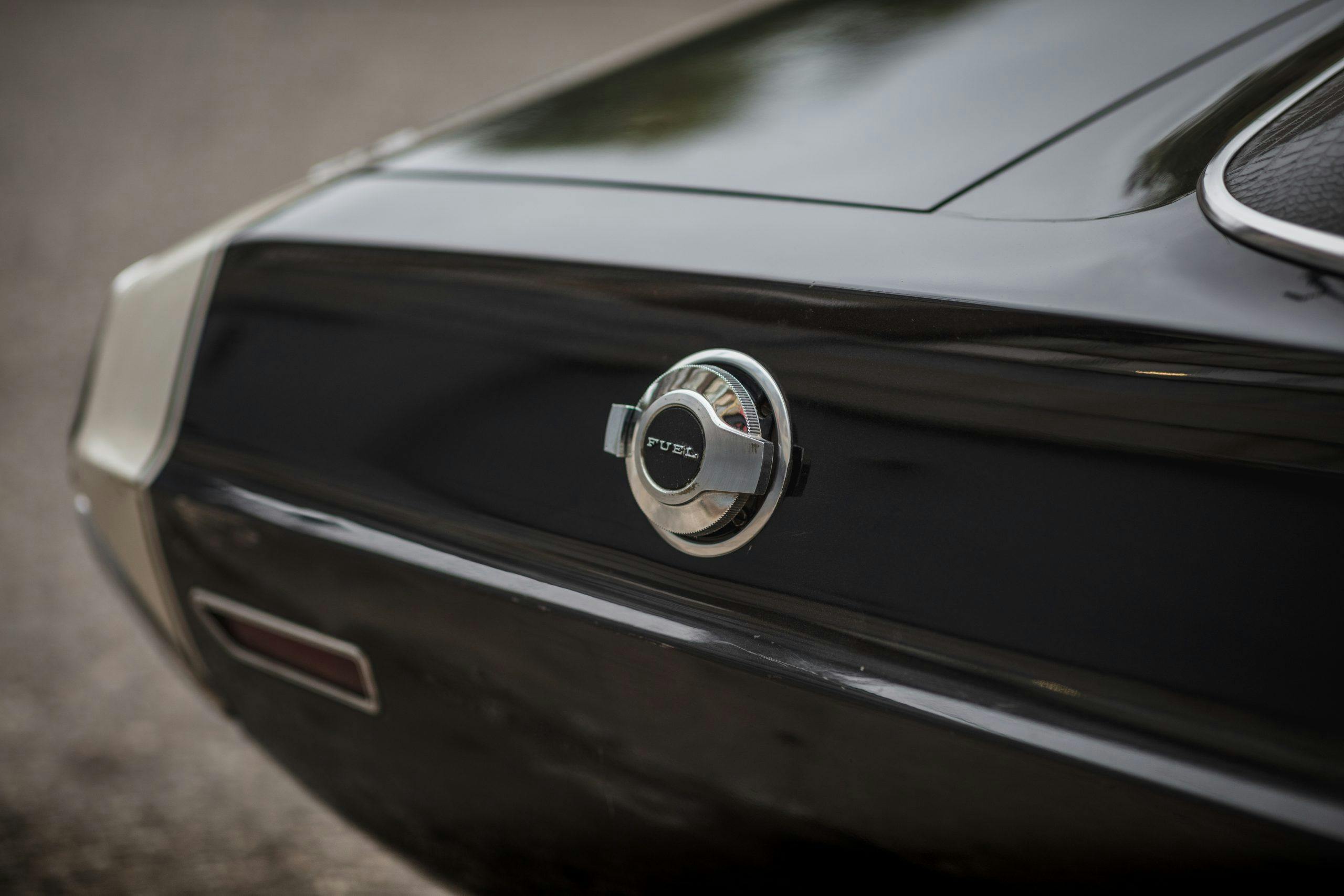
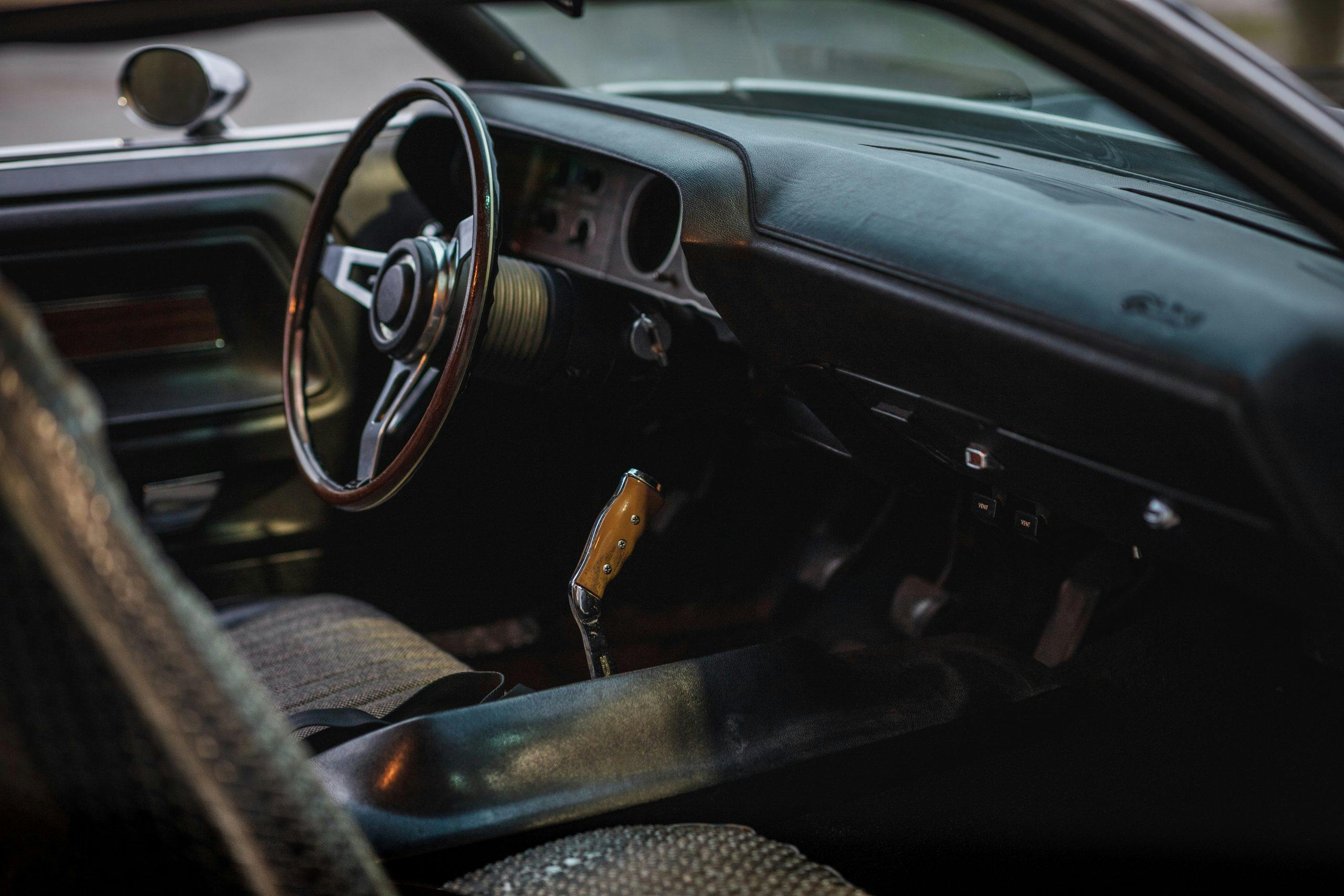
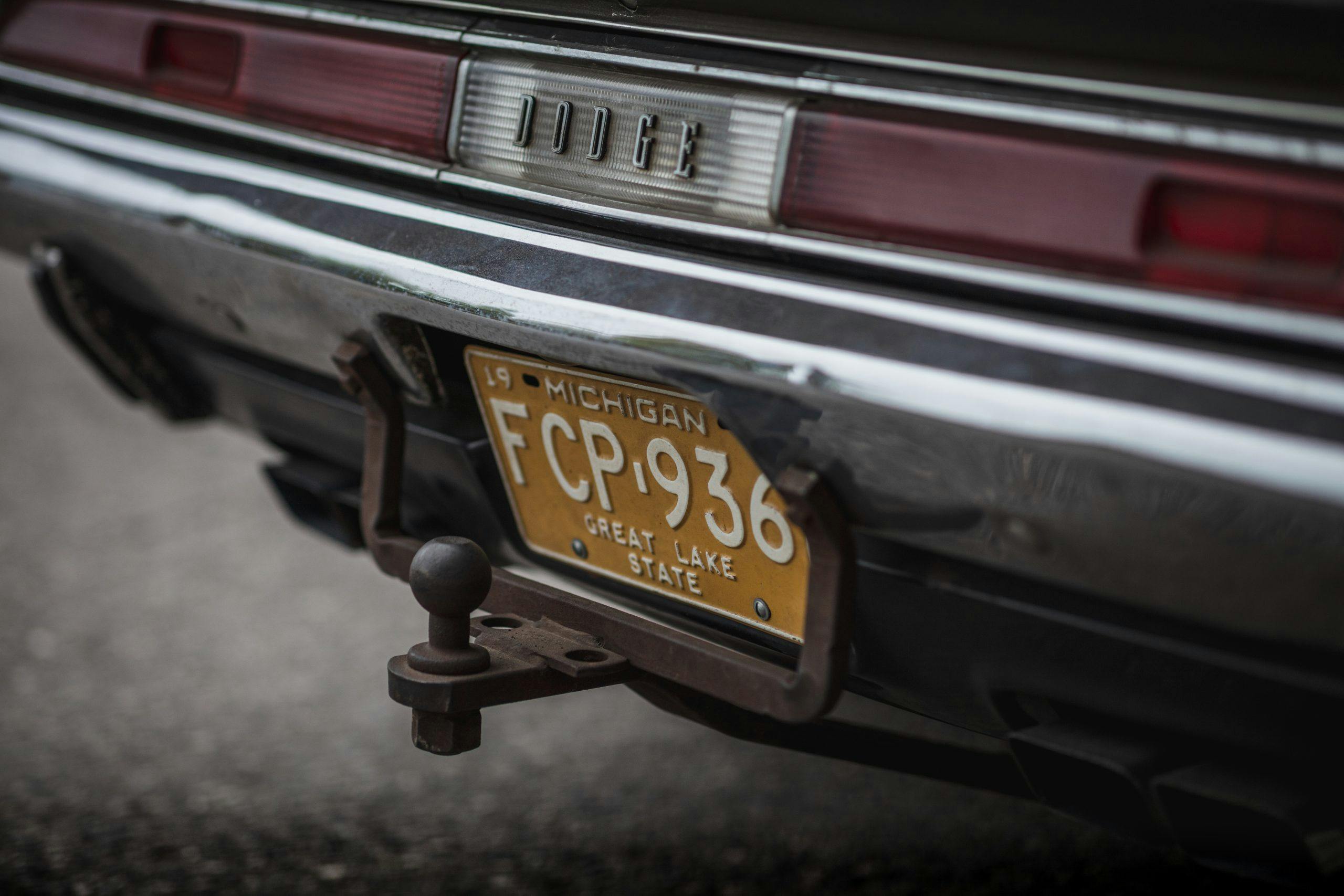
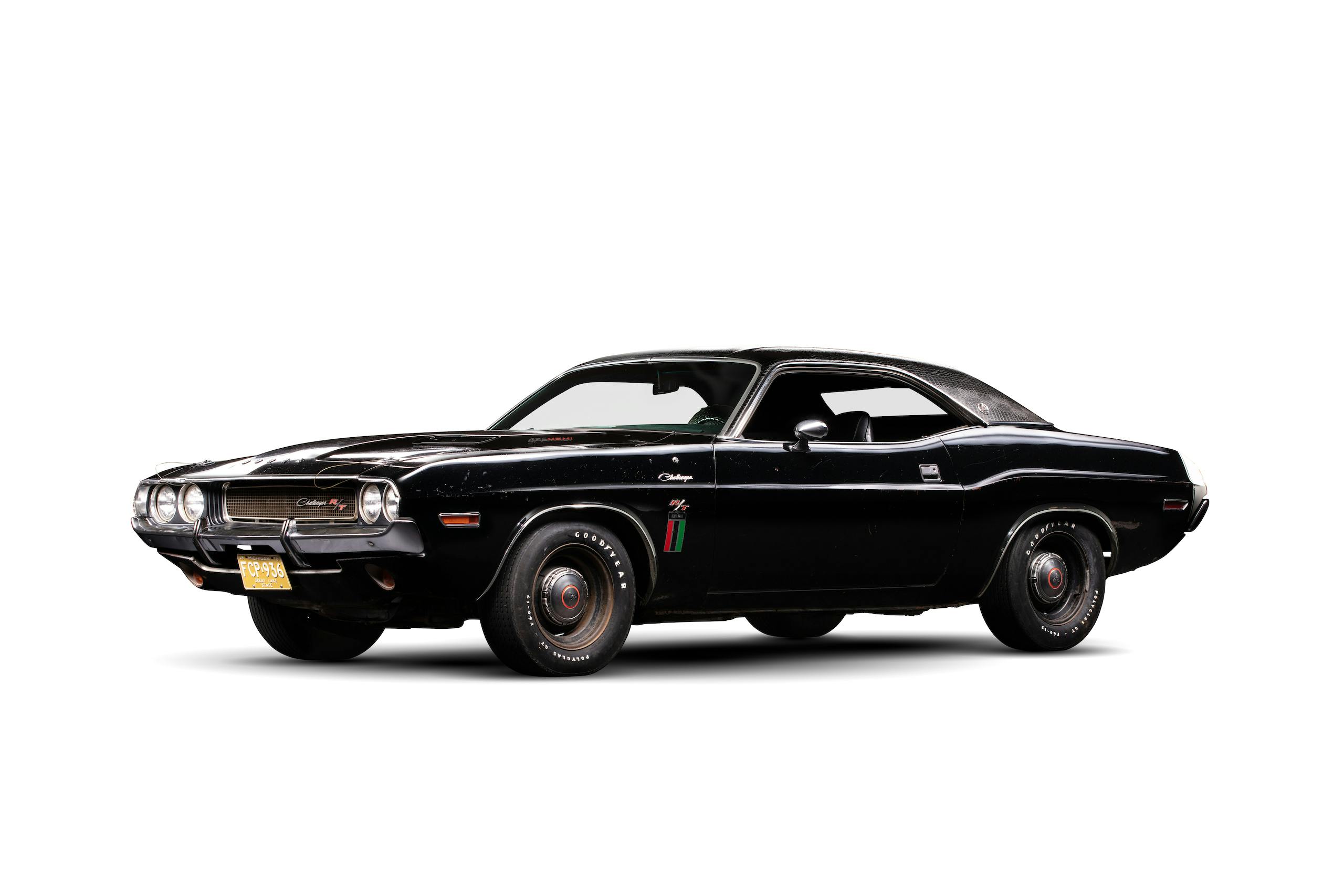
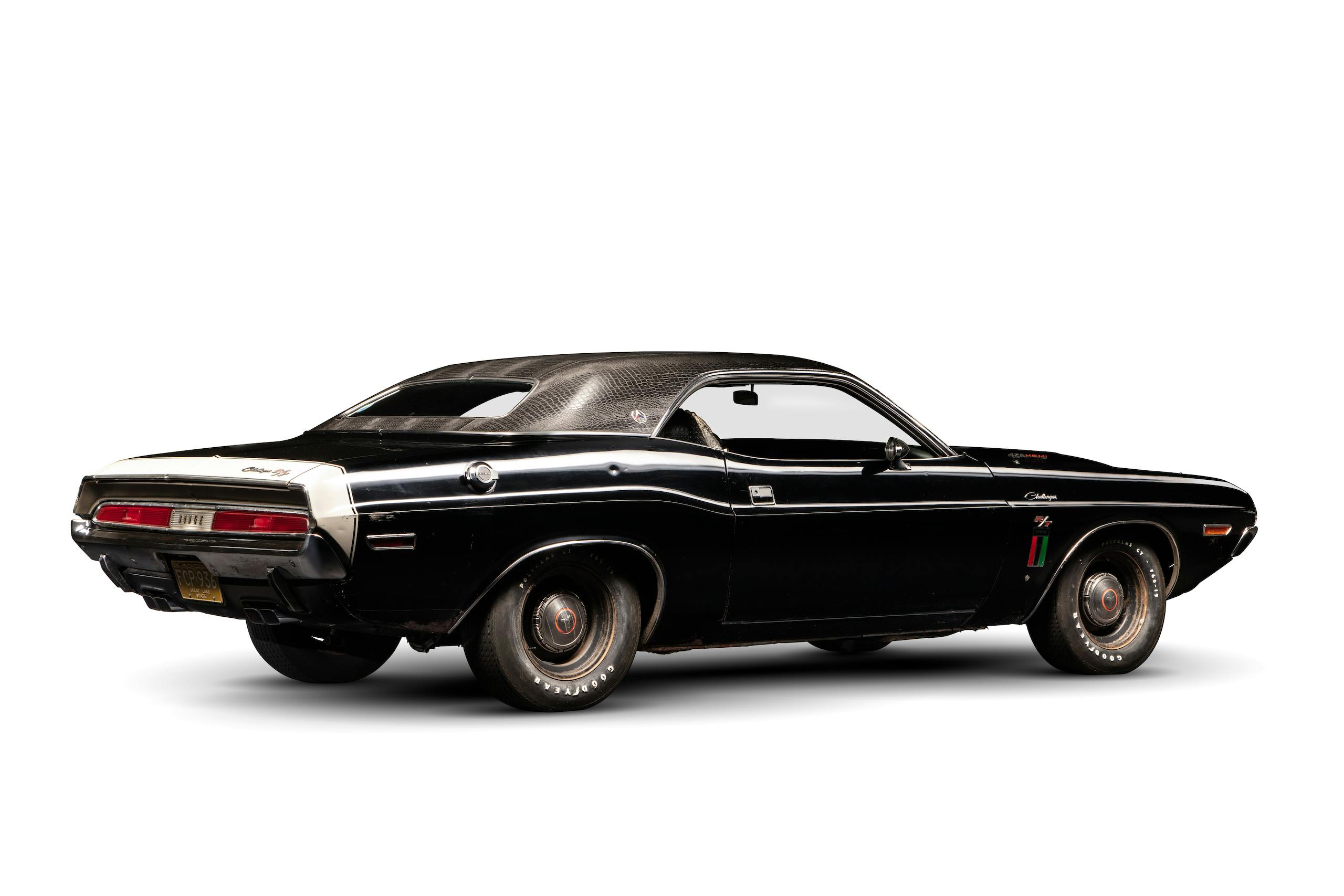
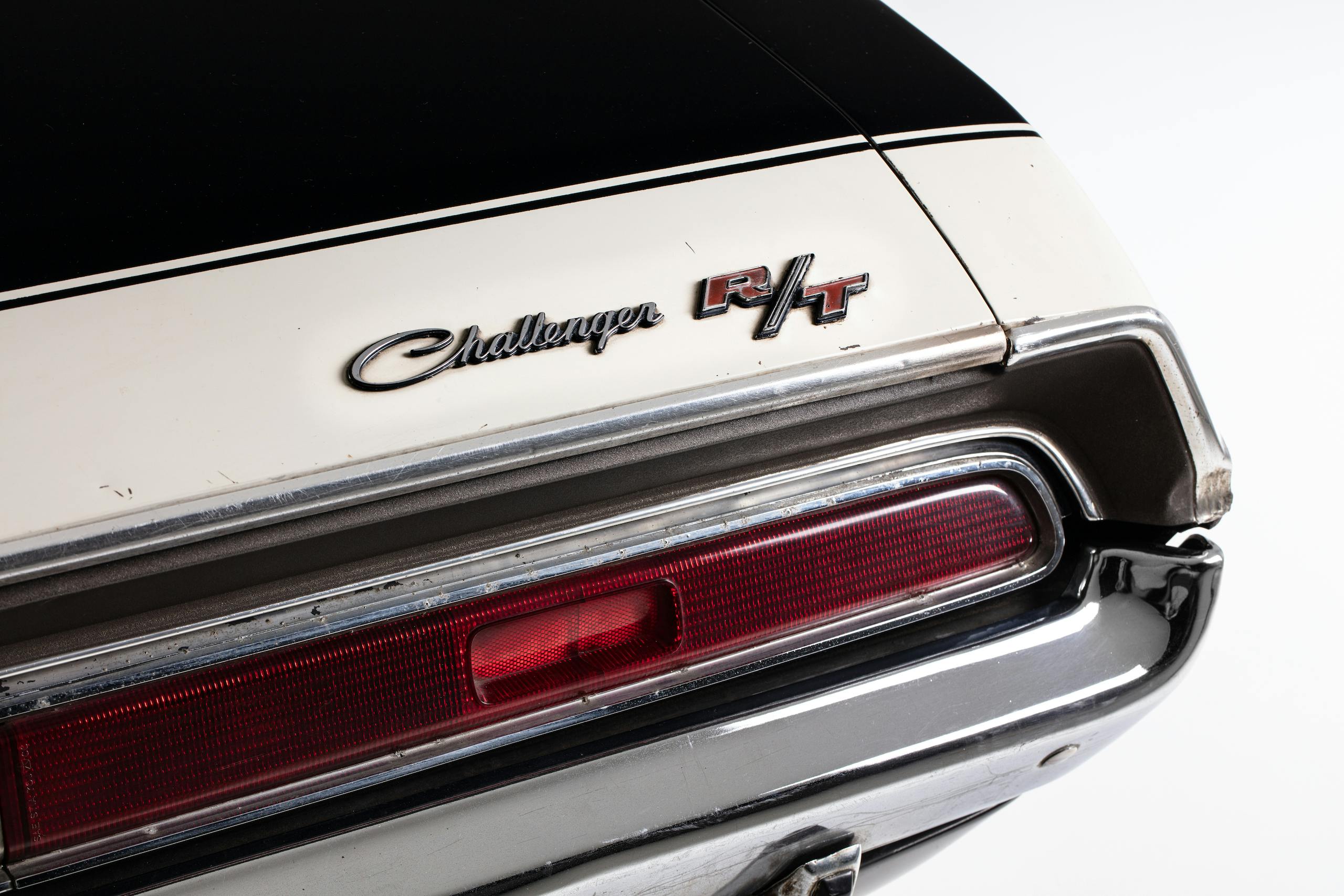
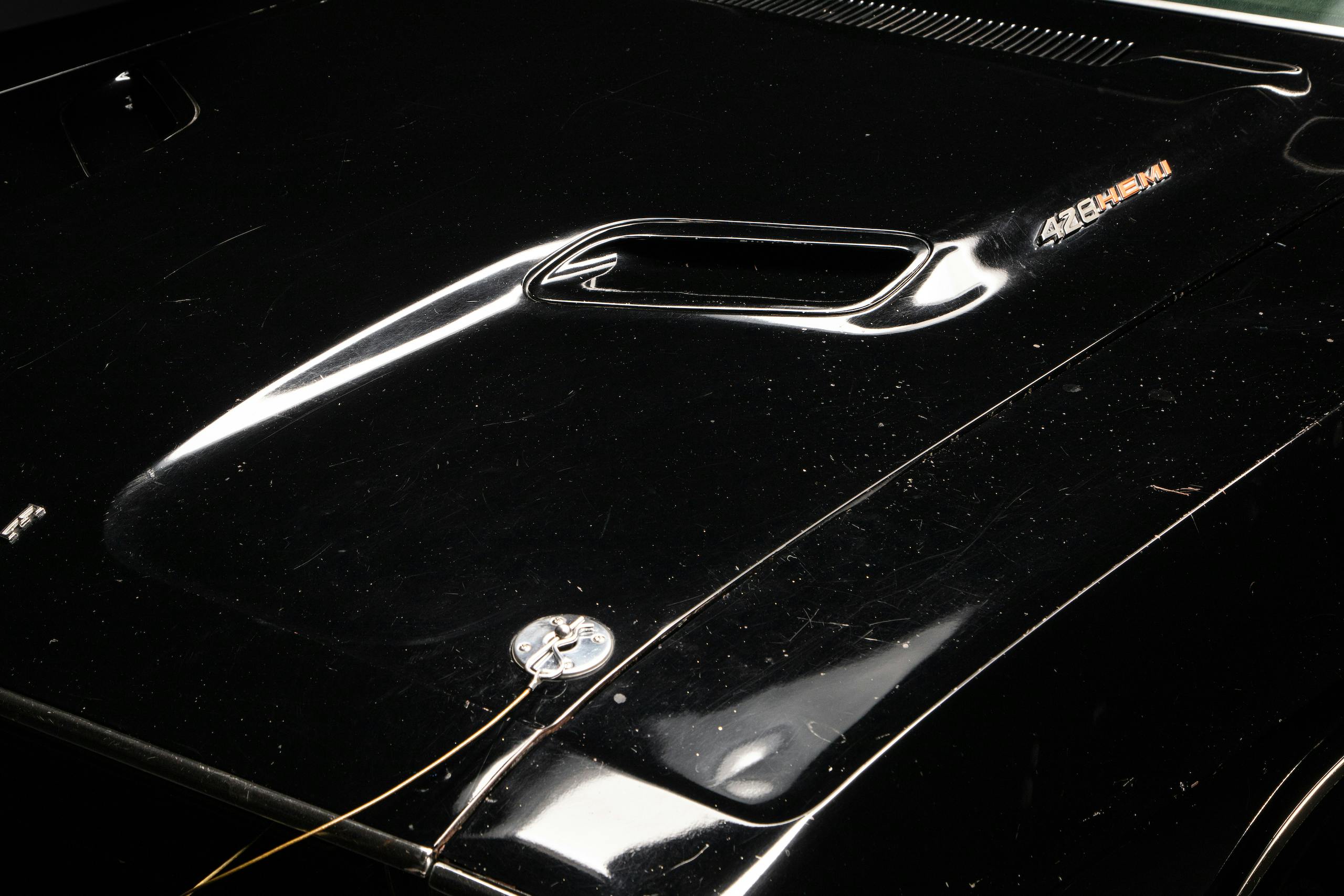
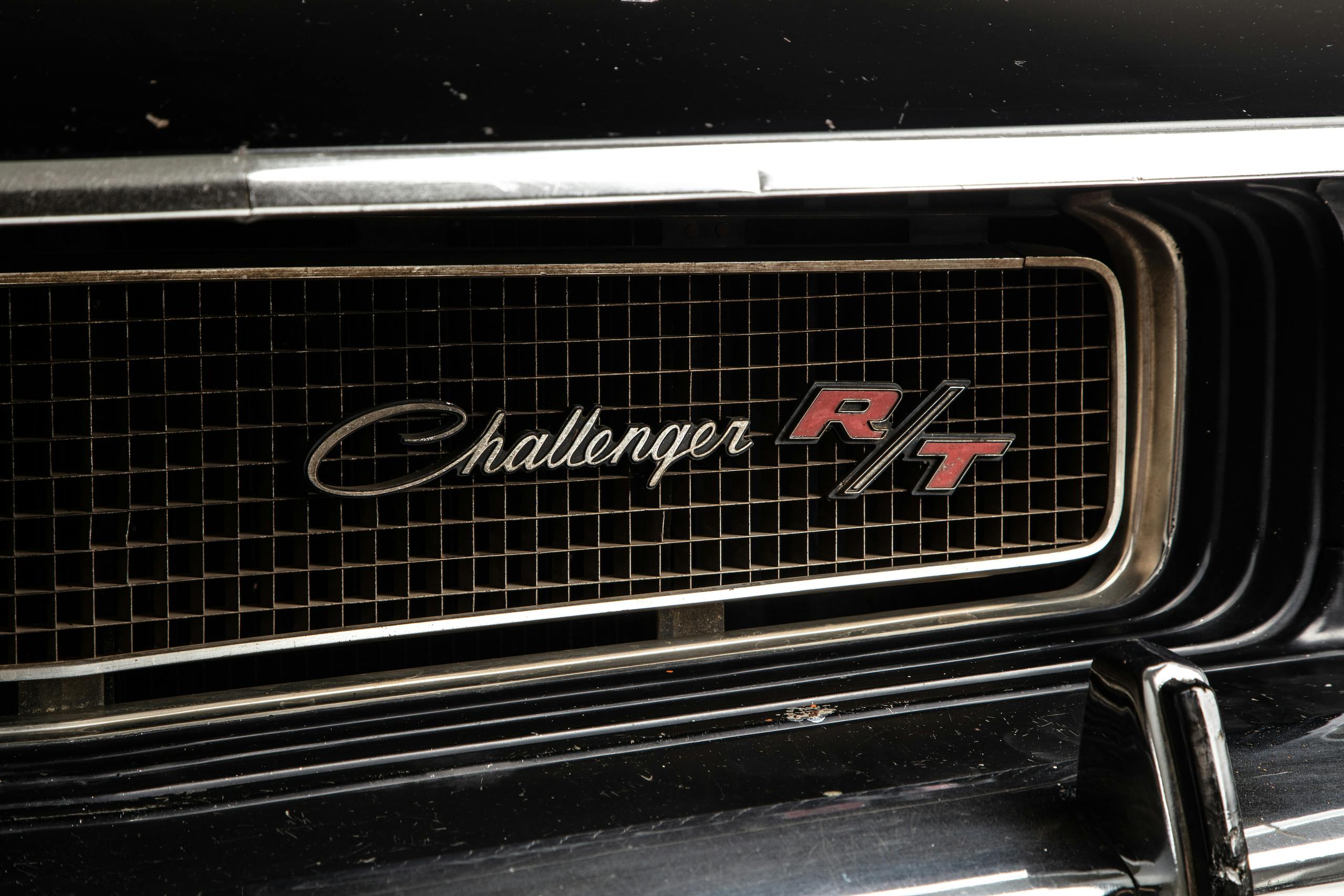
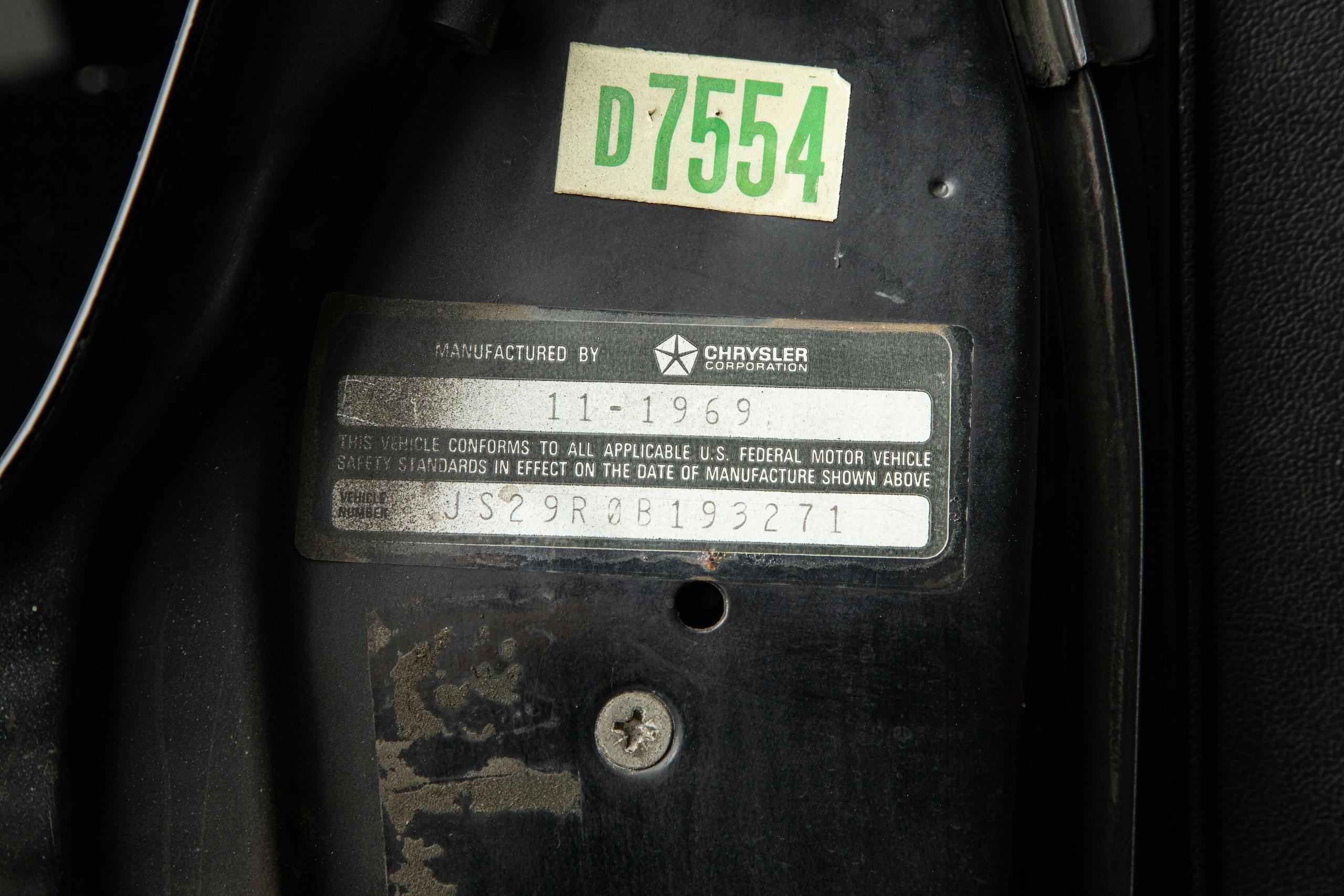
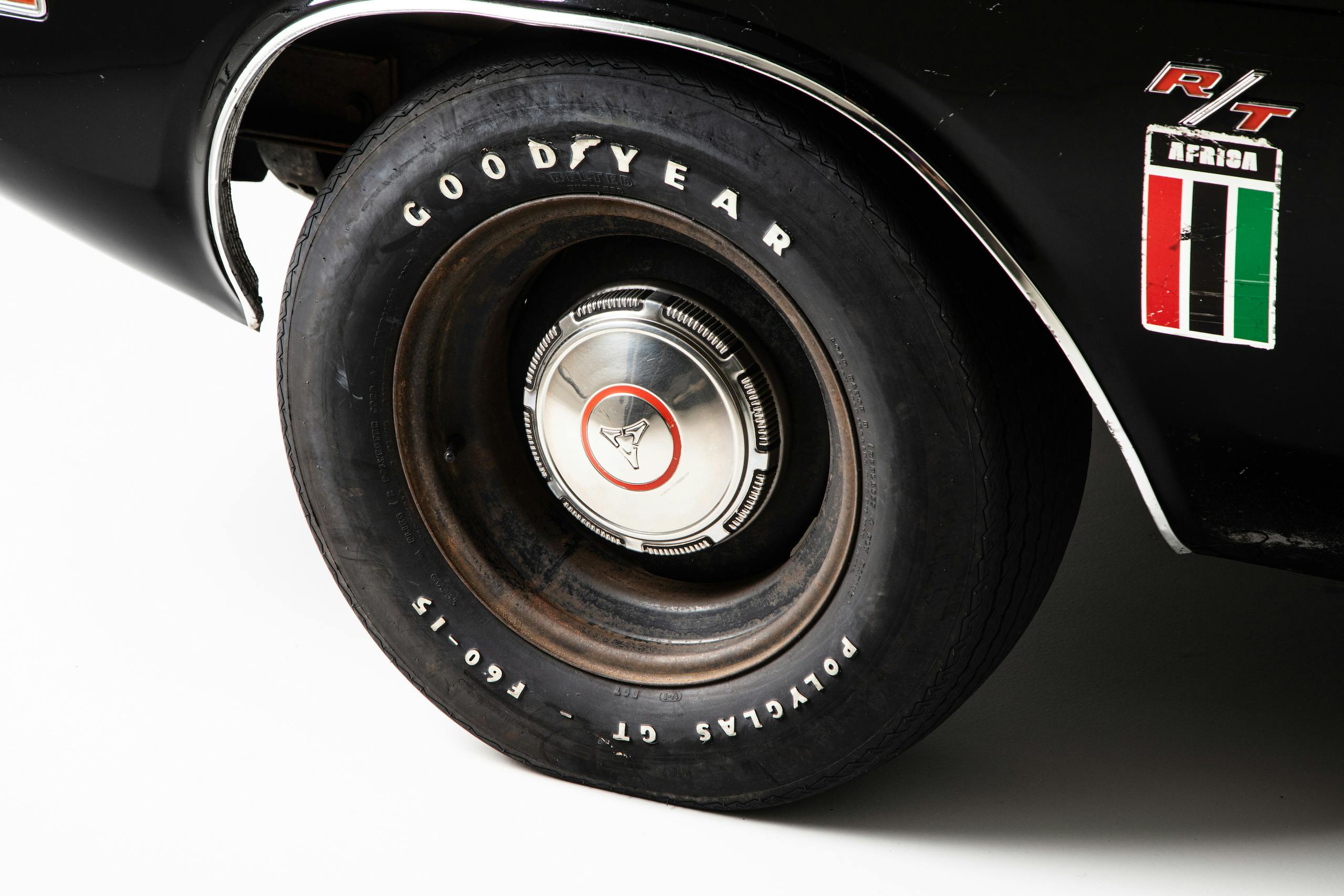
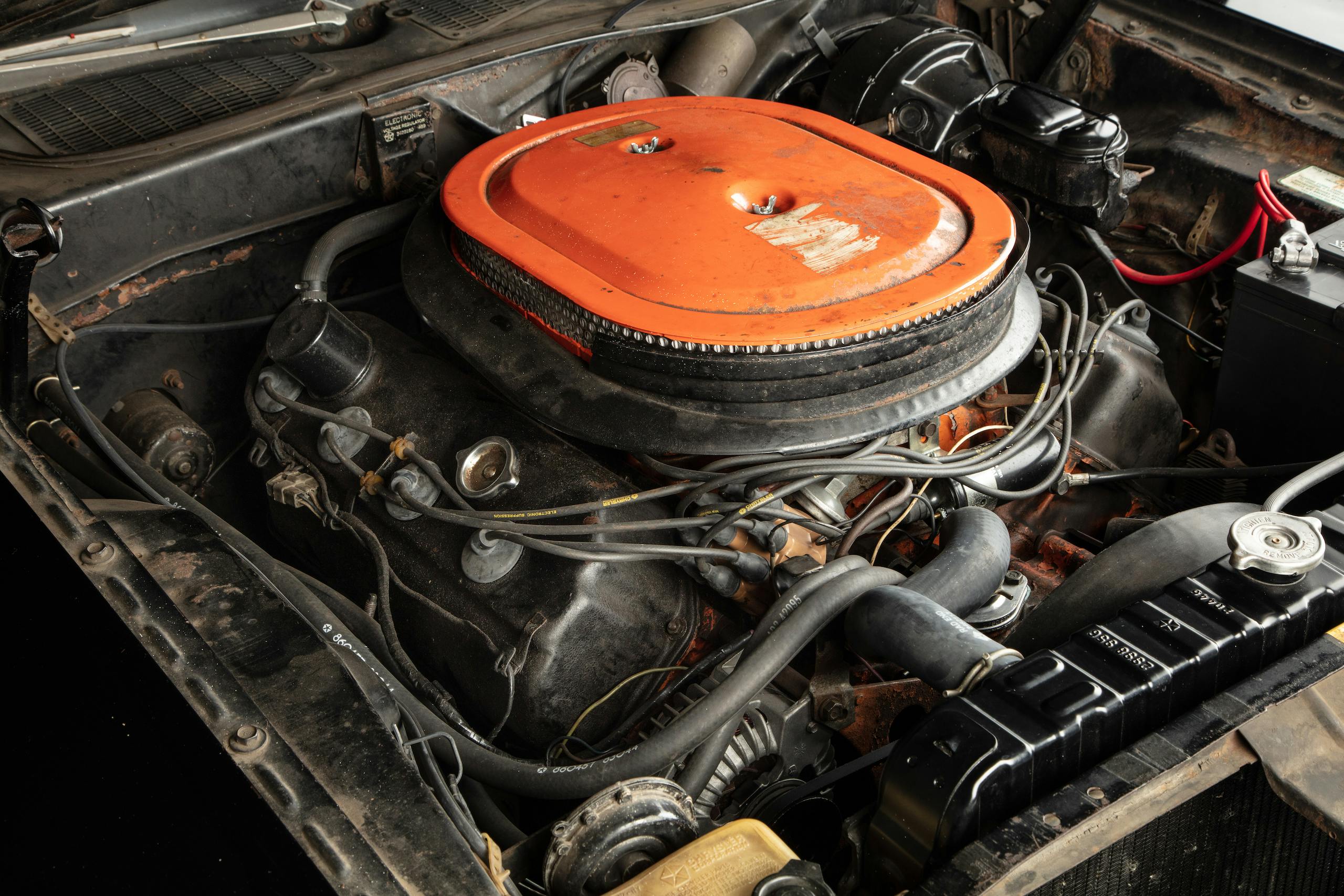
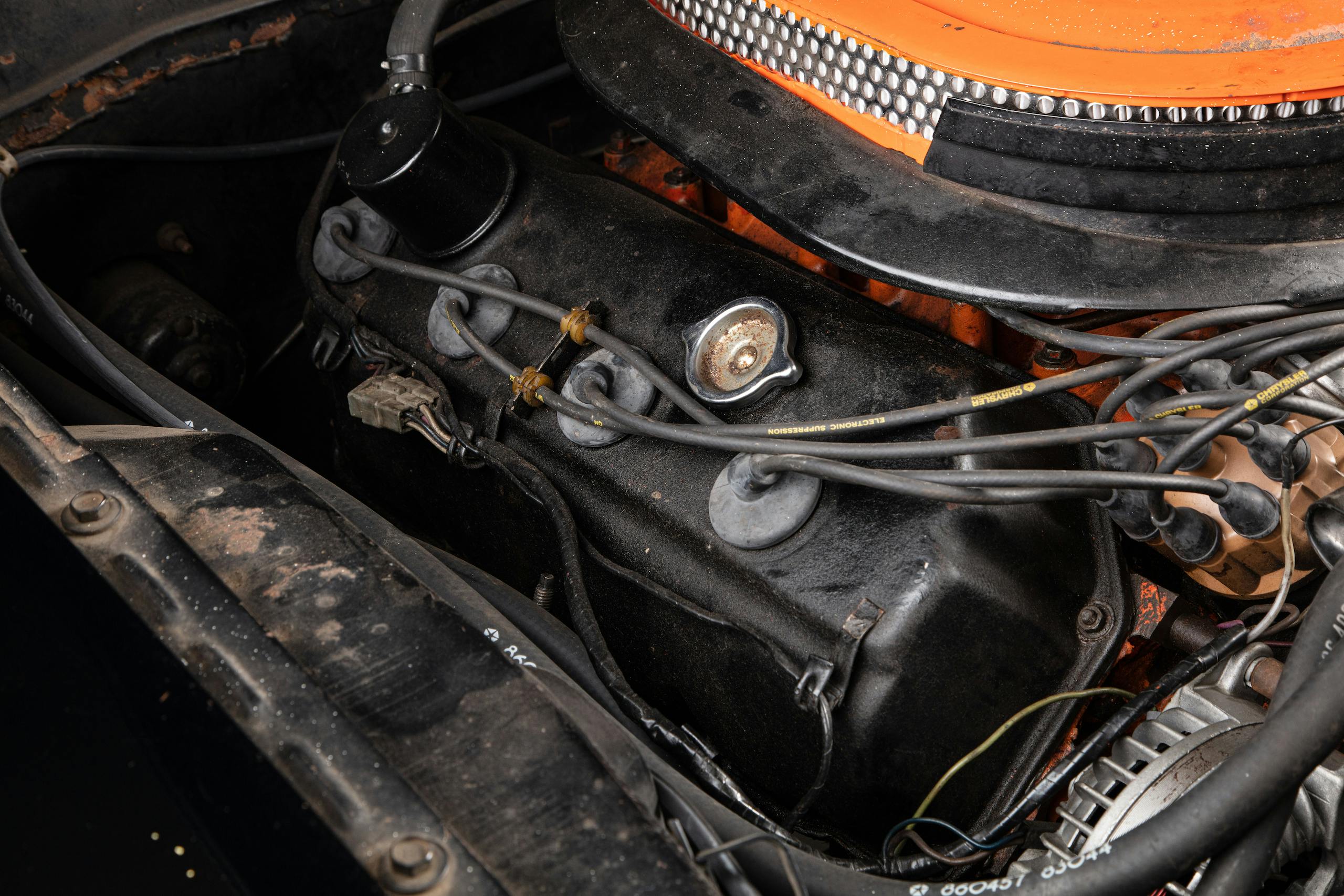
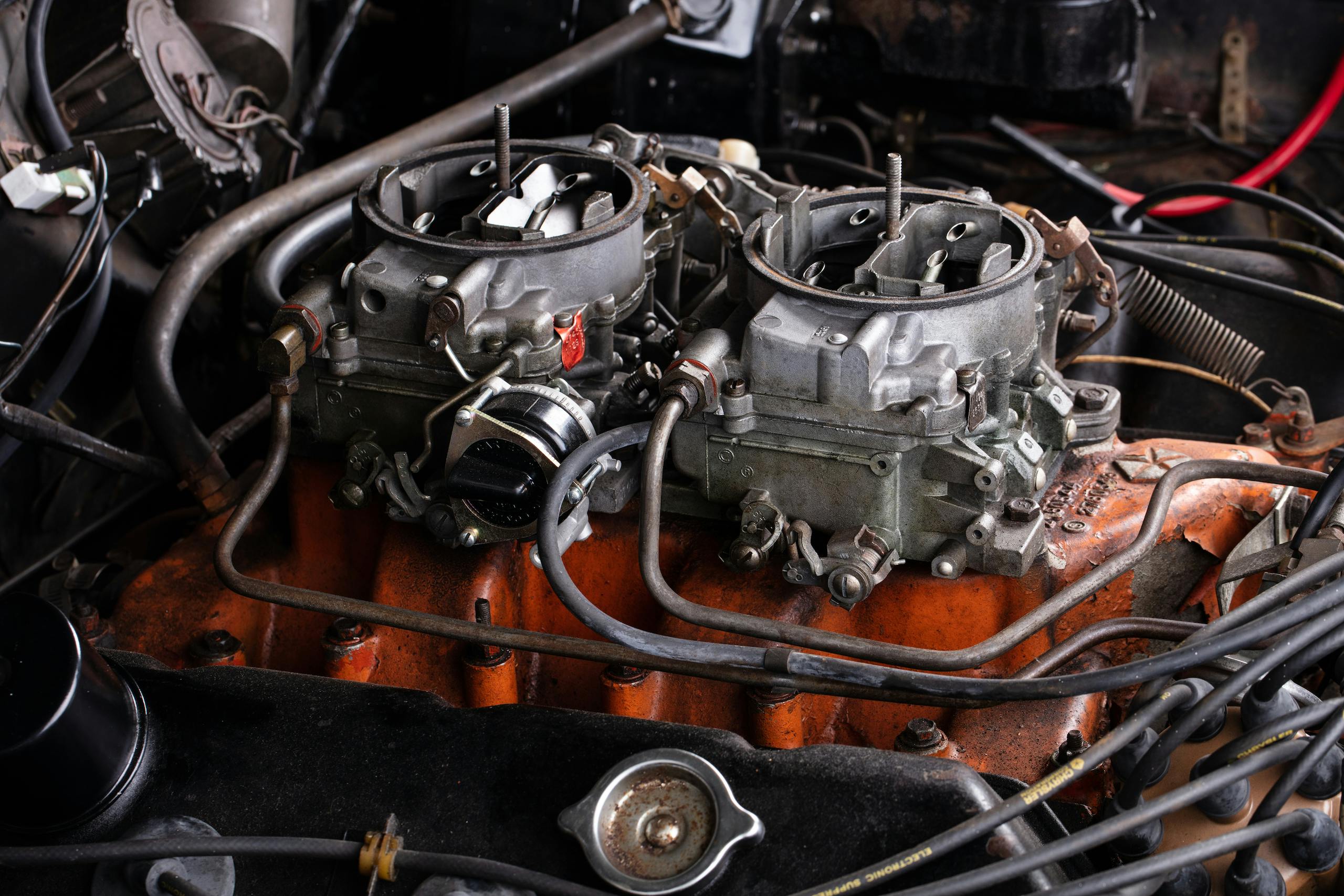

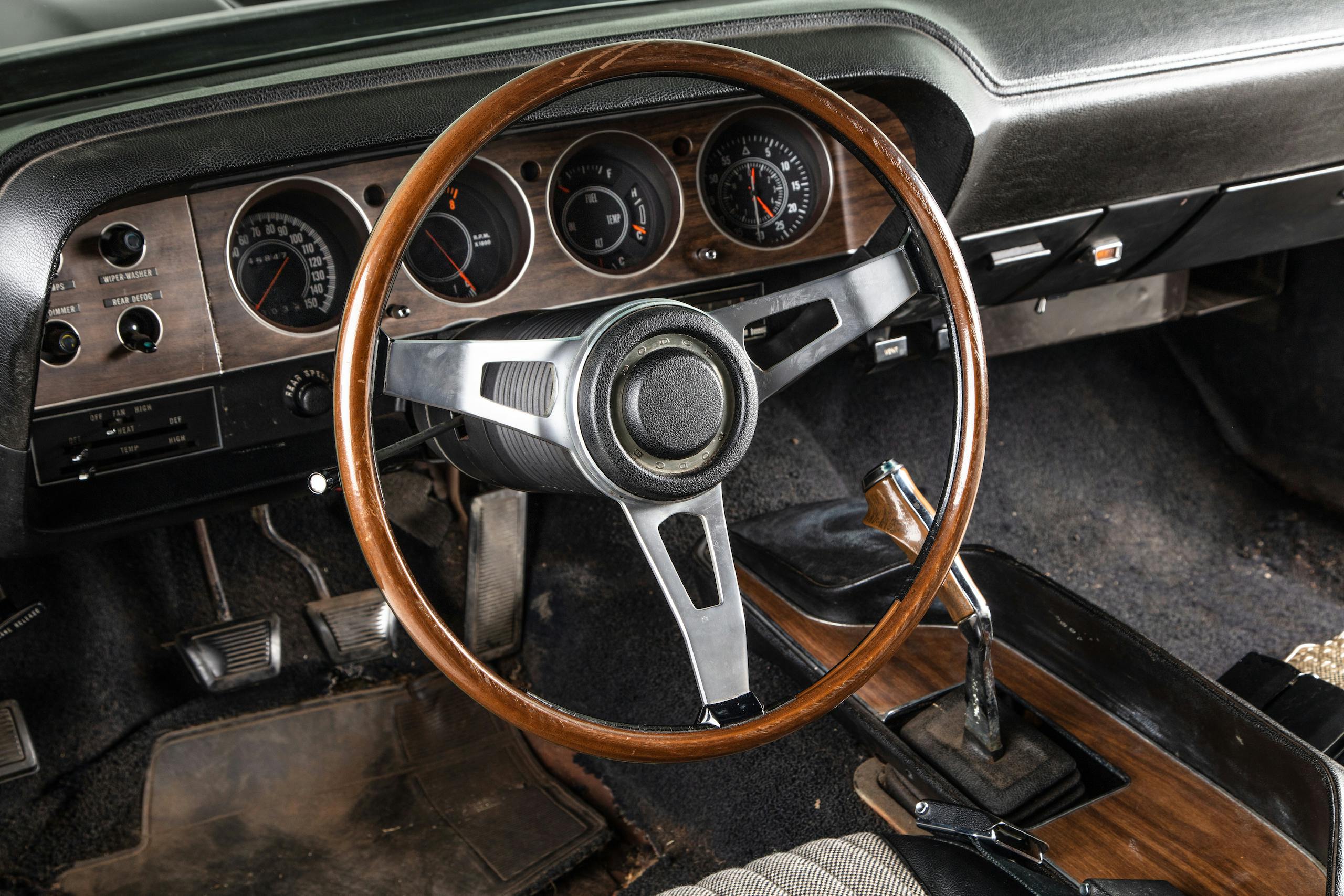

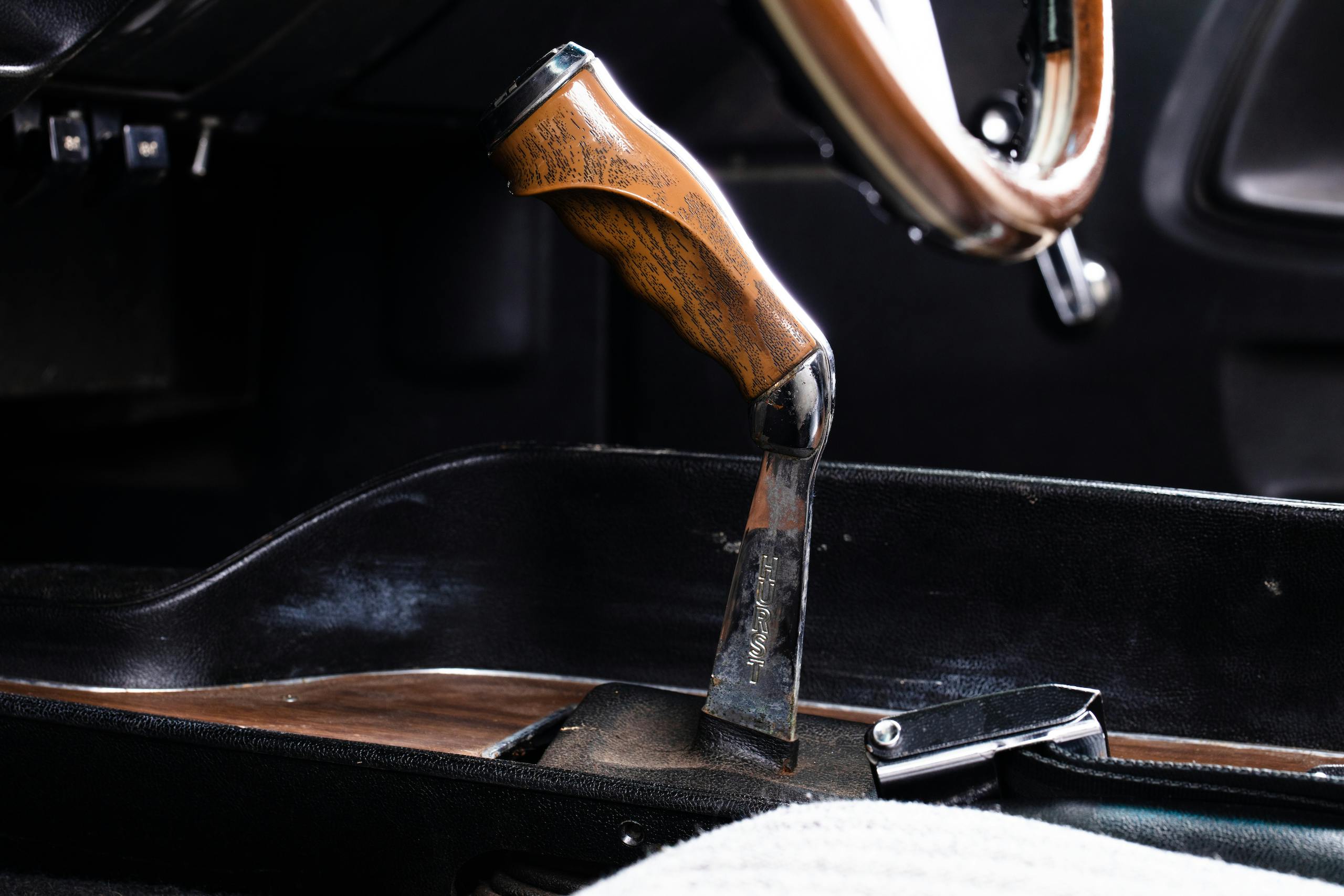


Great
Awesome read! Beautiful car😍! Thanks for this article. The Africa sticker makes the car look even more badass. They should think about making continent themed cars.
Heard and read the story previously. Great story, great ending. Only one minor discrepancy in describing the car as ordered in 1969: Street Hemis came only with two four barrel carburetors, not one. (NASCAR Hemis were restricted to only one carburetor). Glad that the Ghost was preserved all these years, and that its history has been preserved as well.
I thought you could get the dual carb from 68-71 on some car models. I don’t think its impossible to believe he could have had it put on factory
Nowadays all young people want is trash the engine and trans for a 575 with a 10 sp auto with some paint scheme that does not exist in nature.
Great story, hard to beat cars and family
There is some doubt as to the authenticity of thia car’s story. Check out Uncle Tonys video on youtube.
No way this “legend” is true! Do your homework Hagerty!
This story is hogwash. That is a bone stock 1970 hemi Challenger. There’s no way he did all this in that car.